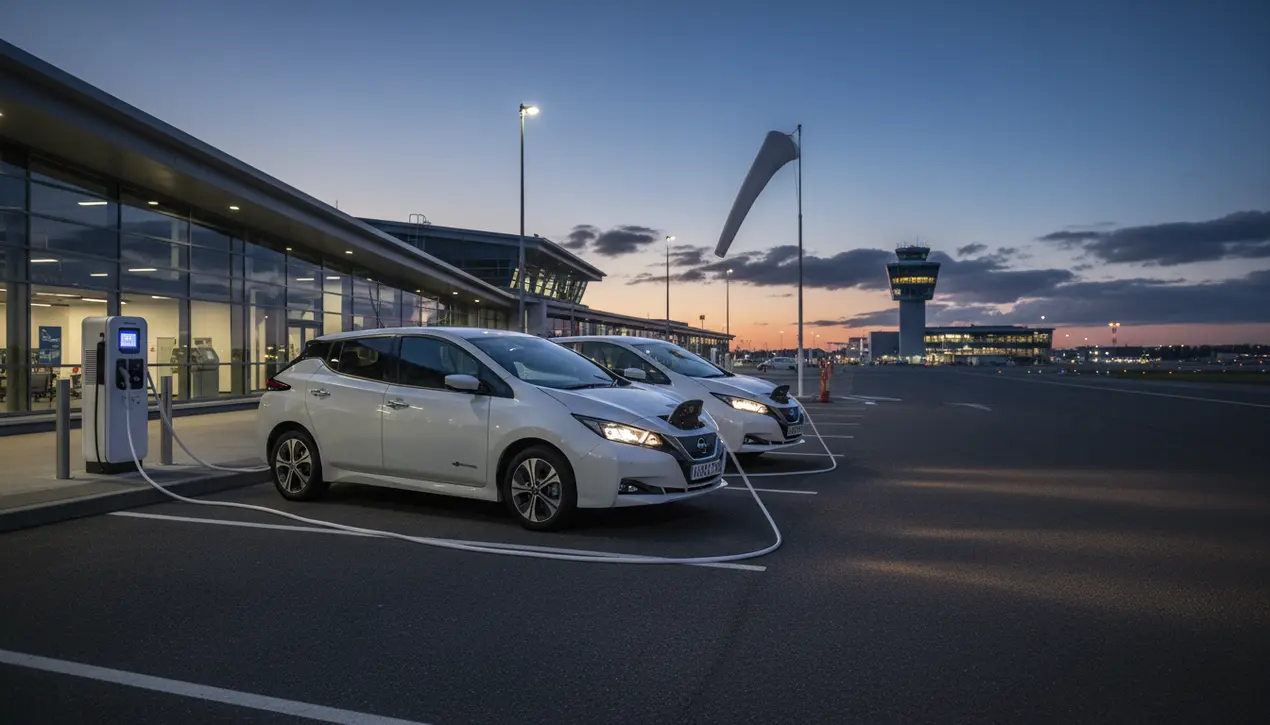
Otherauto & mobilityElectric Vehicles
Nissan Leafs Power Up: How a Regional Airport Uses EVs for Energy Resilience
AN
Andrew Blake
3 hours ago7 min read
Beyond the headlines about electric semis and school bus fleets, a quieter revolution in energy resilience is taking shape at a regional airport, powered by an unlikely hero: the Nissan Leaf. This story moves past the concept phase, demonstrating a real-world application of vehicle-to-grid (V2G) technology that strengthens critical community infrastructure.The approach is elegantly simple: utilize the batteries of two readily available consumer EVs as a decentralized, mobile power source. This model democratizes energy assets, proving that grid stability isn't solely the domain of massive utility-scale batteries.For a regional airport—a vital economic hub and community lifeline—power outages can be catastrophic. By leveraging the Nissan Leafs' CHAdeMO-enabled V2G capability, the airport transforms these vehicles into modular battery units.When needed, they can discharge power into the airport's microgrid, sustaining essential operations like air traffic control, runway lights, and terminal functions during an outage. This strategy presents a compelling alternative to expensive, stationary battery installations.It effectively turns a large capital expense into a more flexible operational one, utilizing assets that are already in the fleet. The benefits extend throughout the community: the airport gains enhanced energy security and potential new revenue, the local utility gains a tool for load balancing, and residents witness a pragmatic step toward climate adaptation. This is a fundamental shift from centralized, brittle systems to a networked and agile energy model, proving that resilience can be built with ingenuity and the tools already in the parking lot.
#electric vehicles
#V2G
#Nissan Leaf
#airport resilience
#energy management
#featured
Stay Informed. Act Smarter.
Get weekly highlights, major headlines, and expert insights — then put your knowledge to work in our live prediction markets.
Comments
Loading comments...
© 2025 Outpoll Service LTD. All rights reserved.